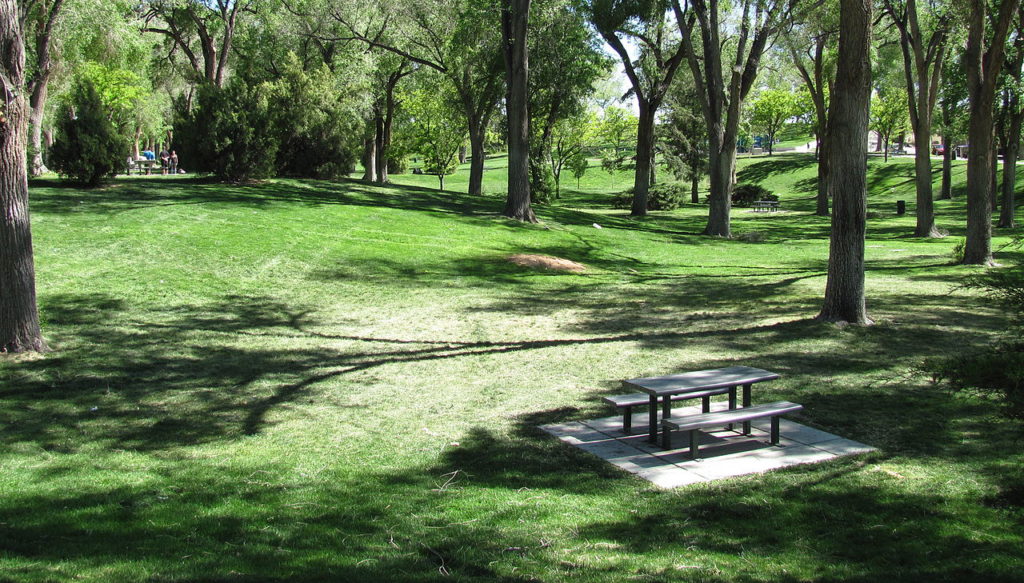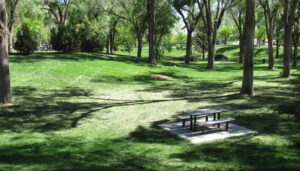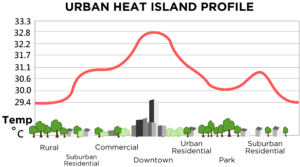Parks aren’t just a great place to play or go for a stroll; they are integral features of a city. According to the World Health Organization (WHO) green spaces such as parks and forests are essential components of urban ecosystems. Parks offer a plethora of benefits: not only has it been shown that access to green spaces can improve physical and mental well-being, they are also very important for the health of the environment.
Here are some of the many benefits that parks provide a city.
1. They are vital for combating the Urban Heat Island Effect
Urban areas are noticeably warmer than the rural areas surrounding them due to the Urban Heat Island Effect. Green spaces not only provide respite from that heat in the form of shade, they also actively reduce temperatures by absorbing excess heat.
2. They improve air quality
Green spaces are very effective in removing dust, smoke, and a host of pollutants such as ozone, ammonia, nitrogen oxides, and sulfur dioxide from the air. A recent study carried out by The Nature Conservancy (TNC) found that particulate matter was reduced, on average, by 7-24% near trees. Particle pollution is defined by the United States Environmental Protection Agency (EPA) as a mixture of solid and liquid particles in the air which are hazardous to health.
3. They prevent water pollution and improve storm water collection
Trees can reduce surface water runoff which keeps pollutants such as phosphorous out of rivers and oceans. The landscaping of parks also prevents the leaching of nitrates into our waterways.
4. They protect local ecosystems and natural resources
In the creation of urban areas, a plethora of wildlife is often displaced. Parks become ecosystems in their own right and are home to a diverse array of plants and animals.
5. They help absorb excess greenhouse gases
On average, cities account for roughly 71-76% of global greenhouse gas emissions. Terrestrial sequestration involves planting trees and shrubbery to help reduce atmospheric concentrations of carbon dioxide. While the rate of absorption is influenced by a variety of factors including the age and type of tree, on average, a mature tree can remove around 48 lb. of CO2 per year.
Further reading
https://www.epa.gov/heat-islands/using-trees-and-vegetation-reduce-heat-islands
https://projectevergreen.org/wp-content/uploads/2013/07/EnvironmentalBenefitsofGreenSpace.pdf
http://www.who.int/sustainable-development/cities/health-risks/urban-green-space/en/
http://www.bbc.com/news/science-environment-37813709
Featured Image: Source





